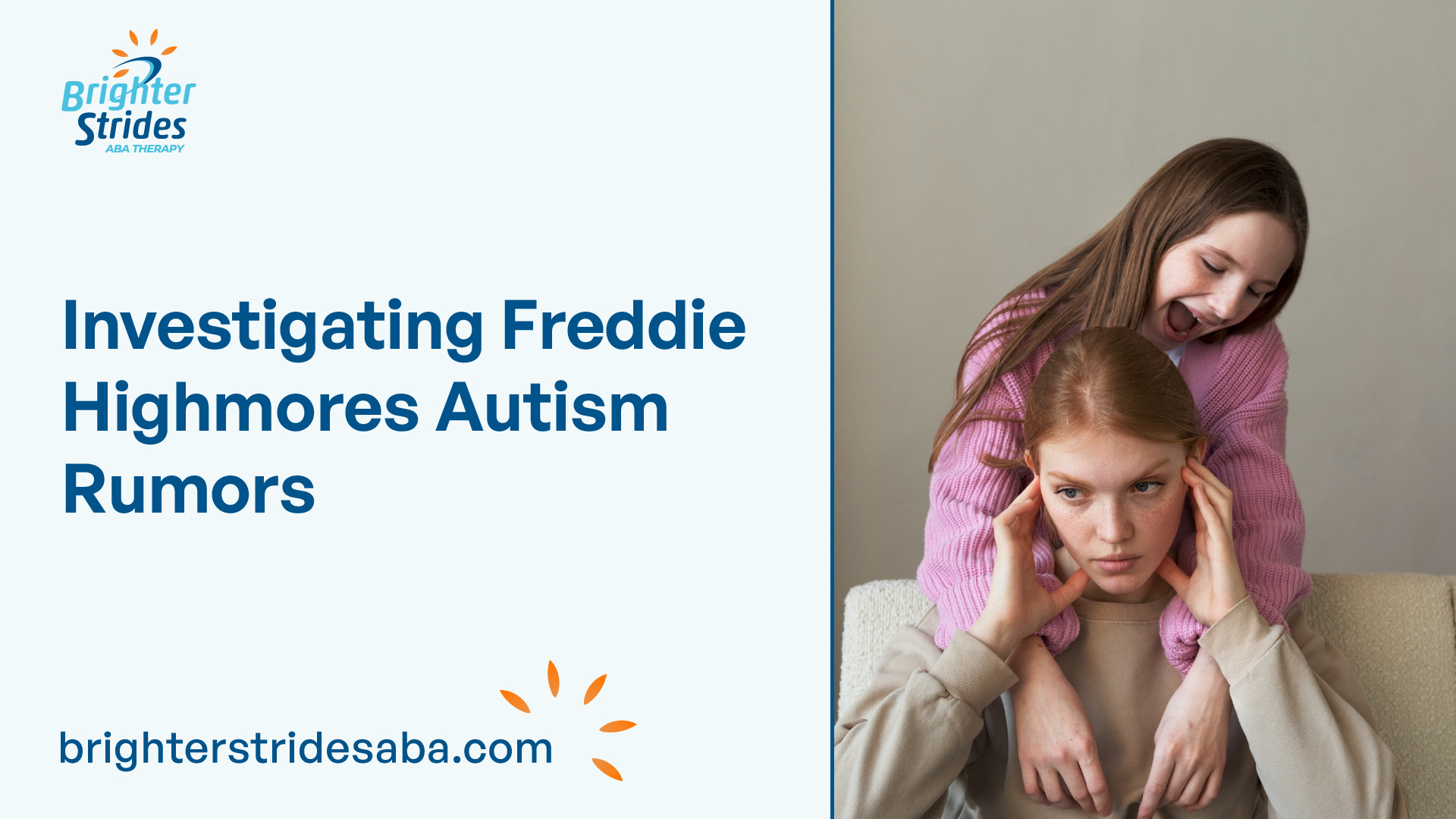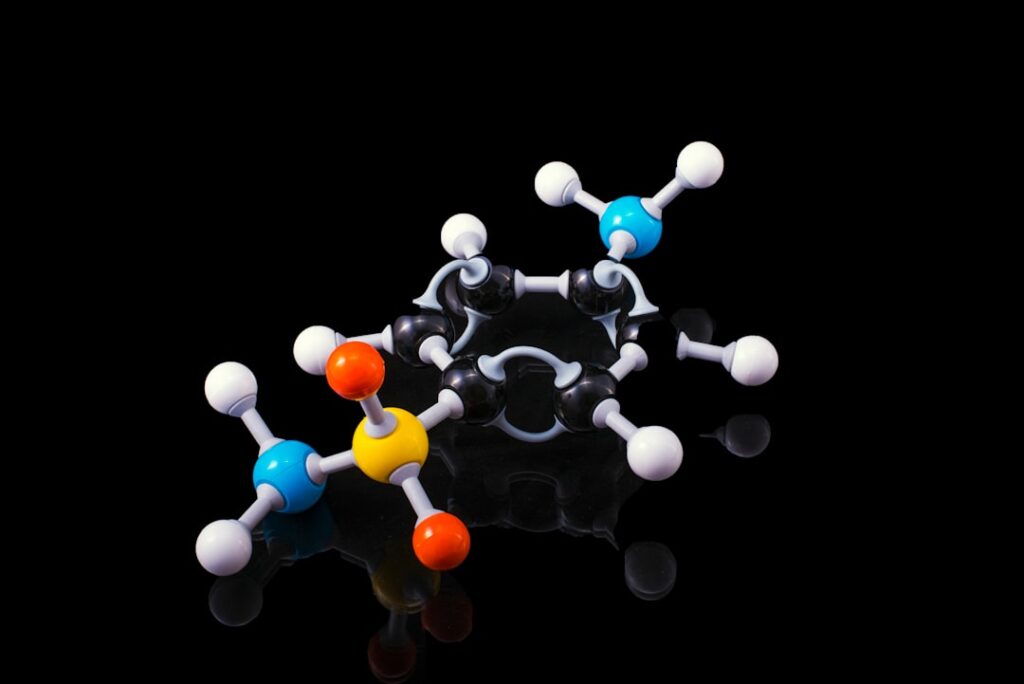Understanding Autism Spectrum
To investigate the rumors surrounding Freddie Highmore’s autism, it’s essential to have a clear understanding of autism spectrum disorder (ASD). Autism is a complex neurodevelopmental condition characterized by difficulties in social interaction, communication, and repetitive patterns of behavior. The signs and symptoms of autism can vary widely, and they may appear at different times in a person’s life.

Signs and Symptoms of Autism
The signs and symptoms of ASD can manifest in various ways, and they can be observed in early childhood. Some common signs include:
- Social interaction difficulties: Children with autism may find it challenging to engage in social interactions. They may struggle with understanding social cues, making eye contact, and developing relationships.
- Unusual interests and behaviors: Individuals with ASD often display intense and focused interests in specific objects or topics. They may engage in repetitive behaviors, such as spinning objects or having strict adherence to routines.
- Need for sameness: Many individuals with autism have a need for sameness and may become distressed by changes in routines, environment, or other aspects of their lives. They may prefer predictability and struggle with transitions.
- Sensory sensitivities: Children with ASD may have heightened sensitivity or unusual reactions to sensory stimuli. They may be particularly sensitive to bright lights, loud noises, or certain textures. These sensory sensitivities can impact their daily lives and cause discomfort.
Onset of Autism Symptoms
The onset of autism symptoms can vary from person to person. Some individuals may exhibit signs within the first few months of life, while others may not display noticeable symptoms until later in childhood. It is important to note that early detection and intervention are crucial for individuals with autism, as it can greatly impact their developmental outcomes.
By understanding the signs and symptoms of autism spectrum disorder, we can better explore the rumors surrounding Freddie Highmore’s autism and gain a deeper insight into the portrayal of autism in the media. It is essential to approach the topic with sensitivity and respect, as it affects a diverse range of individuals with unique experiences.
Portrayal of Autism in Media
The portrayal of autism in the media plays a significant role in shaping public perception and understanding of this neurodevelopmental disorder. One notable portrayal is that of Freddie Highmore in the television show “The Good Doctor.” Let’s explore the role of Freddie Highmore, the impact of “The Good Doctor,” and the representation of autism in the entertainment industry.
The Role of Freddie Highmore
Freddie Highmore, a talented actor, took on the challenging role of Dr. Shaun Murphy, a surgical resident with autism and savant syndrome, in “The Good Doctor.” During a Television Critics Association event, Highmore emphasized how the cast and crew took care in showcasing the character’s autism and savant syndrome, ensuring a respectful and accurate portrayal [2].
Impact of “The Good Doctor”
“The Good Doctor” has received positive feedback for its portrayal of autism, with Freddie Highmore’s performance resonating with many in the autism community. The show’s depiction of realistic characteristics that can accompany an autism diagnosis has been commended. It navigates the fine line between realism and avoiding producing “inspiration porn,” portraying Dr. Shaun Murphy’s ability to care for others and show empathy.
The impact of “The Good Doctor” extends beyond autism, as it tackles important themes such as employment opportunities for individuals with disabilities, workplace relationships, safety, and different learning styles. Dr. Murphy, for instance, is depicted as thinking in pictures, highlighting diverse cognitive processes.
Representation in Entertainment
“The Good Doctor” stands as an example of the importance of authentic representation of autism in the entertainment industry. By showcasing diverse experiences and providing accurate portrayals, media can enhance awareness and understanding of autism. It also fosters empathy and encourages society to recognize the talents and capabilities of individuals on the autism spectrum.
While the portrayal of autism in “The Good Doctor” has been praised for its realism, it’s important to note that the show presents a broad and exaggerated depiction of the condition. This approach aims to make the characteristics recognizable to a wider audience, including those who may be less familiar with autism. However, due to the spectrum nature of autism, it is challenging to provide a general portrayal that captures the full diversity of individuals with autism.
Overall, the portrayal of autism in media, particularly through the role of Freddie Highmore in “The Good Doctor,” has contributed to raising awareness, promoting understanding, and initiating conversations about autism. It reinforces the importance of authentic representation and the potential of media to shape perceptions and promote inclusivity.
Critiques and Praises
As with any portrayal of autism in the media, the depiction of Freddie Highmore’s character in “The Good Doctor” has been met with a range of opinions. Let’s explore the feedback on the portrayal’s accuracy and the community response to the show.
Feedback on Portrayal Accuracy
Freddie Highmore, who plays the character of Dr. Shaun Murphy in “The Good Doctor,” has emphasized the care taken by the cast and crew to showcase how the character’s autism and savant syndrome play a role in his story arc. During a Television Critics Association event, Highmore discussed the efforts made to accurately portray the character’s experiences.
The show has received positive feedback for its portrayal of autism, with Highmore’s performance resonating with many in the autism community. The realistic characteristics displayed by the character have been praised for accurately representing the experiences that can accompany an autism diagnosis. The show strikes a balance between realism and avoiding producing “inspiration porn,” focusing on the character’s ability to care for others and show empathy.
However, it’s important to note that the portrayal of autism in “The Good Doctor” is not ultra-realistic, as the vast majority of individuals with autism are not savants. Nevertheless, the show offers an insightful look into the behaviors of individuals with autism.
Community Response to the Show
The portrayal of Dr. Shaun Murphy and the overall representation of autism in “The Good Doctor” has sparked mixed opinions among experts and advocates for autistic individuals. Some feel that the character is depicted as a collection of stereotypical behaviors rather than a fully developed human character. They believe that the show lacks insight into the experiences of many autistic individuals.
Calls have been made for ABC, the network airing the show, to involve more autistic screenwriters to enhance the authenticity of the show and provide a more diverse representation of autism. Engaging individuals with lived experience can provide valuable insight into the nuances and complexities of autism, contributing to a more accurate and authentic portrayal.
While opinions vary regarding the accuracy of the portrayal, “The Good Doctor” has undoubtedly sparked conversations about autism and increased awareness of the challenges faced by individuals on the autism spectrum. The show has brought autism to the forefront of public consciousness, leading to a greater understanding and acceptance of neurodiversity in society.
Varied Experiences of Autism
Autism is a complex and diverse spectrum, encompassing a wide range of experiences and characteristics. Understanding the diverse nature of autism is crucial in order to dispel misconceptions and promote accurate representation. In this section, we will explore the diversity within the autism spectrum and the balance between realism and exaggeration in its portrayal.
Diversity in Autism Spectrum
The autism spectrum is characterized by a broad range of behaviors, strengths, and challenges. Individuals with autism may exhibit varying degrees of social, communication, and behavioral differences. Some may have difficulties with social interactions and express repetitive behaviors, while others may excel in certain areas and have unique talents.
It is important to recognize that each person with autism is unique, and their experiences may differ significantly. Due to this diversity, it can be challenging to provide a general portrayal of the condition. However, media representations can still offer valuable insights into the behaviors and challenges faced by individuals on the autism spectrum.
Realism vs. Exaggeration in Portrayal
When it comes to portraying autism in the media, striking a balance between realism and exaggeration is often a complex task. Freddie Highmore’s portrayal of autism in “The Good Doctor” has received both praise and criticism. Some viewers argue that the portrayal is broad and exaggerated, designed to make the characteristics recognizable to a wider audience.
While the portrayal may not be ultra-realistic, it provides a touching and insightful look into the behaviors and challenges faced by individuals with autism. The character in “The Good Doctor” exhibits agitation, social difficulties, and misunderstands simple gestures, showcasing some common aspects of autism. However, it is important to note that these behaviors do not represent every individual on the spectrum.
The show also touches on the concept of savant syndrome, where individuals with autism may possess exceptional skills in specific areas. While this is not representative of the majority of people with autism, it offers an opportunity for viewers to gain insight into the strengths and challenges faced by individuals on the spectrum [4].
In conclusion, the autism spectrum is diverse, and individuals with autism can have vastly different experiences and characteristics. Media portrayals, such as those seen in “The Good Doctor,” may not capture the full range of the spectrum, but they provide valuable insights that can enhance understanding and empathy. It is important to remember that no single portrayal can encompass the full breadth of the autism spectrum, and that diversity should be acknowledged and celebrated.
Importance of Authentic Representation
When it comes to the portrayal of autism in the media, there is an increasing recognition of the importance of authentic representation. The inclusion of autistic individuals in the creation and portrayal of autistic characters is crucial to ensure accurate and nuanced representations. This section explores the calls for autistic involvement and the potential benefits it brings in enhancing awareness and understanding.
Calls for Autistic Involvement
There have been calls from the autistic community and advocates for greater involvement of autistic individuals in the creation and portrayal of autistic characters in the media. The desire for authentic representation is rooted in the belief that those with lived experience can provide valuable insights and perspectives that may otherwise be overlooked.
Drawing a parallel to casting controversies, some individuals have highlighted the importance of having autistic individuals play autistic roles. This approach aims to avoid the potential backlash that arises when neurotypical actors take on roles that could have been filled by individuals from the respective communities [6].
By involving autistic individuals in the creation and portrayal of autistic characters, the media can move towards more authentic and respectful representations that accurately reflect the diversity and complexity of the autism spectrum.
Enhancing Awareness and Understanding
Authentic representation in the media has the potential to enhance awareness and understanding of autism. When autistic individuals are involved in the portrayal of characters, they can contribute their unique perspectives and experiences, resulting in more realistic and nuanced representations.
By showcasing the strengths, challenges, and diversity within the autism spectrum, media depictions can challenge stereotypes and promote greater understanding among the general public. When viewers see authentic portrayals of autistic individuals, it can foster empathy, acceptance, and a more inclusive society.
Furthermore, accurate and informed representations of autism can help dispel misconceptions and educate the public about the realities of living with autism. This increased awareness can lead to more inclusive practices in various areas, such as education, employment, and healthcare.
The involvement of autistic individuals in the creation and portrayal of autistic characters is a crucial step towards achieving authentic representation. By amplifying their voices, the media can contribute to a more inclusive and understanding society, ultimately benefiting both autistic individuals and the broader community.
The Influence of Media
Media, including television shows, plays a significant role in shaping our understanding and perception of various topics, including autism. In the case of autism, TV shows have had both educational impacts and effects on social perception and acceptance.
Educational Impact of TV Shows
One TV show that has had a notable educational impact in portraying autism is “The Good Doctor.” A 2019 study revealed that watching just one episode of the show led to more accurate knowledge of autism compared to a college lecture on the subject. This demonstrates the power of television as a medium for disseminating information and raising awareness about autism.
“The Good Doctor” has also garnered a significant viewership. In the 2021-2022 season, the show had over 7 million viewers and ranked 27th among network TV series. This popularity indicates a widespread interest in autism-related content and suggests that many people are seeking to learn more about the condition through media.
Social Perception and Acceptance
The portrayal of autism in TV shows like “The Good Doctor” can also impact social perception and acceptance of individuals on the autism spectrum. The character of Shaun Murphy, portrayed by Freddie Highmore, has become a recognizable representation of autism in popular culture. This increased visibility and familiarity can contribute to greater acceptance and understanding of autistic individuals.
However, it is important to note that not all portrayals of autism on TV shows are universally praised. Critics argue that “The Good Doctor” falls short in providing accurate representation. Some have pointed out that the show missed an opportunity for better representation, as it showcases an autistic character succeeding in medicine but fails to fully explore the diversity of experiences within the autism spectrum [5].
While “The Good Doctor” has received both praise and criticism, it is just one example among many TV shows that attempt to depict autism. Other shows may provide more realistic portrayals and offer a broader representation of individuals on the autism spectrum.
Overall, the influence of TV shows on social perception and acceptance of autism cannot be understated. These shows have the potential to increase awareness, challenge stereotypes, and promote a better understanding of autism. However, it is essential to critically evaluate these portrayals and recognize that they may not capture the full range of experiences within the autism spectrum.
References
- https://www.aboutkidshealth.ca/characteristics-of-autism-spectrum-disorder-asd
- https://www.goodhousekeeping.com/life/entertainment/a60213217/the-good-doctor-season-7-freddie-highmore-autism-impact/
- https://www.autismspeaks.org/blog/my-review-good-doctor-adult-autism
- https://www.quora.com/How-does-The-Good-Doctor-portray-autism-spectrum-disorders
- https://www.washingtonpost.com/lifestyle/2023/05/11/good-doctor-memes-autism/
- https://www.autismontario.com/news/autistic-adults-review-good-doctor

 We've just released an article!
Check out our blog!
We've just released an article!
Check out our blog!



